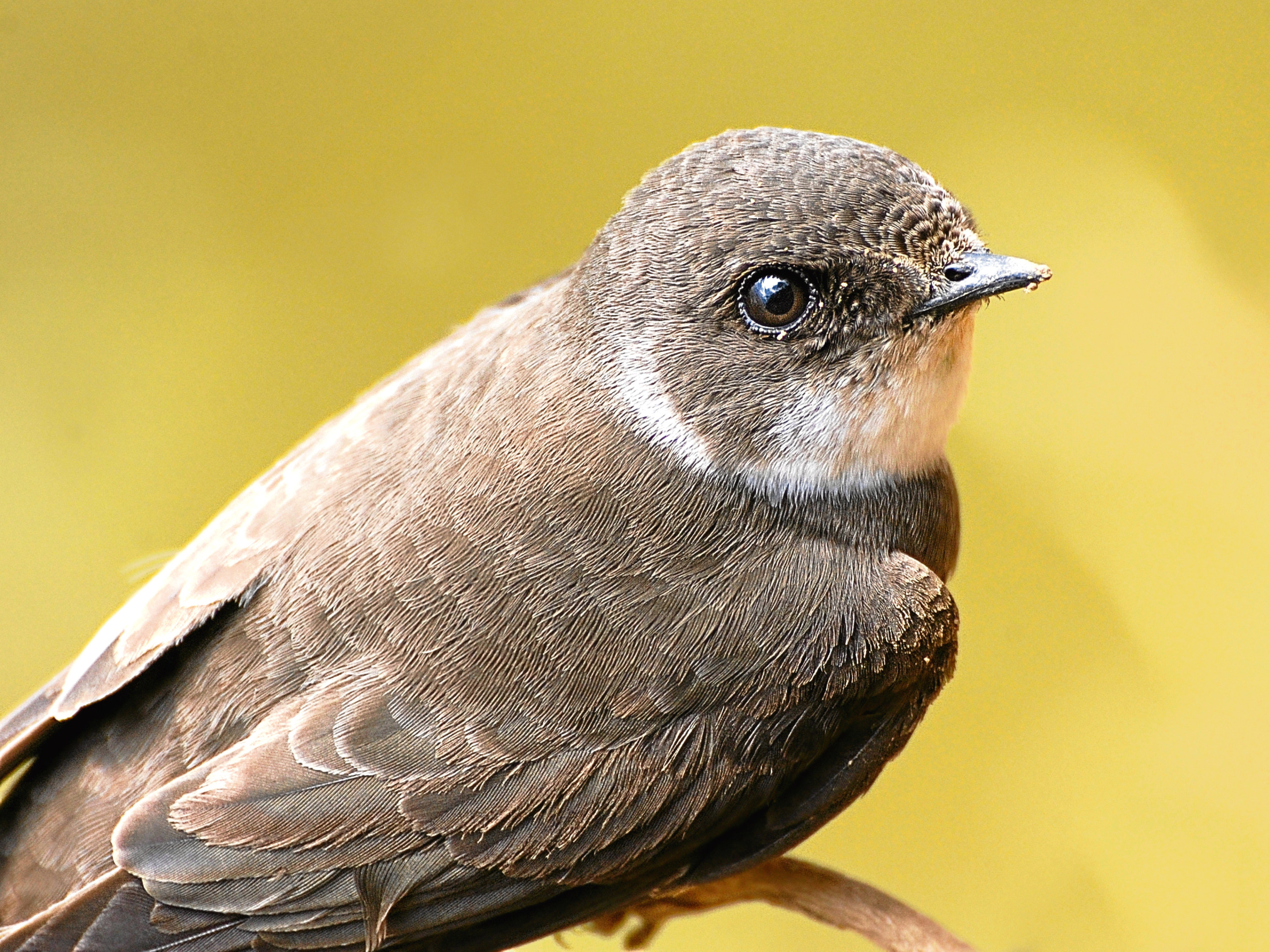The River Balvaig’s course is short and sweet and slow, and agreeably tranquil.
It takes the five as-the-crow-flies miles between Loch Voil in Balquhidder Glen and Loch Lubnaig just south of Strathyre at a loopy dawdle.
This meandering tendency means it travels at least twice as far as the crow.
Beyond Loch Lubnaig the river becomes the Leny, a completely different beast that breenges through the rock canyon of the Falls of Leny like the Atlantic Ocean at Ardnamurchan in a hurricane.
Such a frantic, ear-crunching, dizzy-making spectacle is unimaginable from here, here being a gently curving stretch of the Balvaig just after it has finally forsaken its west-east wanderings through Balquhidder and headed south with a decisive right-angle turn.
Working lunch
On such a day, plucked from the midst of the heatwave, my working lunch has become so delectable I hesitate to call it work. There again, days like this one reaffirm my decision almost 30 years ago now to give up a relatively lucrative job as a newspaper journalist to write my relatively un-lucrative nature books.
An ill-defined footpath (my favourite kind) tiptoes away towards the river from the cycle route between Balquhidder and Strathyre, and where the path reaches the river it turns south to follow the bank for a mile or two. And right there, as if it knew I was coming and would be lingering here for a while, there is a wooden bench.
This bench and I have passed the time of day together for a wheen of years now, and more often than not at this time of year. Why this time of year?
Because right across the river from the bench, not more than about 30 yards away, is a sand martin colony, and watching this particular sand martin colony during the nesting season, and from this particular bench, has become one of life’s more agreeable seasonal rituals.
It always seems to take a few minutes to get your eye in at a sand martin colony. It always looks deserted, the sky is always empty, but looking for mud-coloured birds in such a landscape is a subtle challenge.
Beyond the far bank is a flat sprawl of wild grassland, the Balvaig’s flood plain, and it’s there, lit by shafts of yellow sunlight, they crowd suddenly into my binoculars. The airspace just above the tall grasses is crammed with white butterflies, and there must be 100 sand martins plundering such bounties.
They don’t have to travel far to hunt, but then that may explain why the colony was established here in the first place.
Nests
A quick count of the new sand martin burrow entrances suggests somewhere around 75 nests, so with an average clutch of three or four chicks and the possibility of second broods, there could easily be 500 martins hereabouts by late summer.
The nest burrows are mostly just below the top of the highest parts of the riverbank, they are evenly spaced along the same straight horizontal line, so some organisation obviously goes into the process.
A few isolated holes are lower down the bank, where I imagine they are less secure from the attentions of otters, nor do they have the protection of the overhanging vegetation which the top-of-the-bank birds enjoy.
So are these late-comers to the colony, or inexperienced birds?
Suddenly the air above the river is full of martins, and there is a flurry of feeding trips into the burrows.
They seem to like to work this way, the colony divided into small packs of birds that all congregate around the nests at once, skim the tranquil surface of the river (prolific insect life there too, and some birds make the most delicate and fleeting of mid-flight pauses to sip water from the surface).
Rituals
Then just as suddenly that space is empty again. Minutes later a new group of birds dances down and the rituals are re-enacted.
They are the most engaging of birds, quite untroubled by my presence which I have done nothing to conceal. I just sit still, eat lunch, watch and learn, and top up the sun tan. There are worse ways to make a living.
A single bird pauses on an overhead wire to preen.
It’s a tiny, unprepossessing brown and white creature, about four inches long. Yet it’s capable of migrating exploits that are the stuff of ornithological legend.
One ringed bird from a colony in Fife flew to Gironde in France in four days, a distance of 1,234km at an average of 308km a day.
If that doesn’t take your breath away and give you pause for thought in the middle of your cheese and tomato sandwich lunch, I feel sorry for you.
I had planned to be here for about an hour but as is the way of these things, I tend to get caught up. So two and a half hours later, I’m still here.
